Dog Rectal Discharge - One of the most frequent signs is what we call “scooting,” which is when dogs drag their rear end along the floor, lawn or another surface. Signs in dogs include attitude change, straining and painful defecation, loss of appetite, lethargy, diarrhea, and attempts to bite and lick the anal.
One of the most frequent signs is what we call “scooting,” which is when dogs drag their rear end along the floor, lawn or another surface. Signs in dogs include attitude change, straining and painful defecation, loss of appetite, lethargy, diarrhea, and attempts to bite and lick the anal.
Signs in dogs include attitude change, straining and painful defecation, loss of appetite, lethargy, diarrhea, and attempts to bite and lick the anal. One of the most frequent signs is what we call “scooting,” which is when dogs drag their rear end along the floor, lawn or another surface.
Anal Gland Disease in dogs Info & Treatment Joii Pet Care
One of the most frequent signs is what we call “scooting,” which is when dogs drag their rear end along the floor, lawn or another surface. Signs in dogs include attitude change, straining and painful defecation, loss of appetite, lethargy, diarrhea, and attempts to bite and lick the anal.
Anal Gland Abscess, Rupture, Infection and Swelling Dr. Dobias
Signs in dogs include attitude change, straining and painful defecation, loss of appetite, lethargy, diarrhea, and attempts to bite and lick the anal. One of the most frequent signs is what we call “scooting,” which is when dogs drag their rear end along the floor, lawn or another surface.
All You Need To Know About Dog Swollen Anus Treatment at Home Petsmartgo
Signs in dogs include attitude change, straining and painful defecation, loss of appetite, lethargy, diarrhea, and attempts to bite and lick the anal. One of the most frequent signs is what we call “scooting,” which is when dogs drag their rear end along the floor, lawn or another surface.
How Do You Clean A Dog's Rectal Glands at Lorraine Berg blog
One of the most frequent signs is what we call “scooting,” which is when dogs drag their rear end along the floor, lawn or another surface. Signs in dogs include attitude change, straining and painful defecation, loss of appetite, lethargy, diarrhea, and attempts to bite and lick the anal.
What Is That?! Anal Sacs Clarendon Animal Care
One of the most frequent signs is what we call “scooting,” which is when dogs drag their rear end along the floor, lawn or another surface. Signs in dogs include attitude change, straining and painful defecation, loss of appetite, lethargy, diarrhea, and attempts to bite and lick the anal.
Analdrüse Hund Was Du tun kannst, wenn die Analdrüse platzt
Signs in dogs include attitude change, straining and painful defecation, loss of appetite, lethargy, diarrhea, and attempts to bite and lick the anal. One of the most frequent signs is what we call “scooting,” which is when dogs drag their rear end along the floor, lawn or another surface.
Blocked anal glands in dogs PDSA
One of the most frequent signs is what we call “scooting,” which is when dogs drag their rear end along the floor, lawn or another surface. Signs in dogs include attitude change, straining and painful defecation, loss of appetite, lethargy, diarrhea, and attempts to bite and lick the anal.
Analdrüsenentzündung beim Hund So kannst Du vorbeugen!
Signs in dogs include attitude change, straining and painful defecation, loss of appetite, lethargy, diarrhea, and attempts to bite and lick the anal. One of the most frequent signs is what we call “scooting,” which is when dogs drag their rear end along the floor, lawn or another surface.
Surgical Discharge Instructions for Dogs VCA Animal Hospital
One of the most frequent signs is what we call “scooting,” which is when dogs drag their rear end along the floor, lawn or another surface. Signs in dogs include attitude change, straining and painful defecation, loss of appetite, lethargy, diarrhea, and attempts to bite and lick the anal.
Express anal gland in dog [5 helpful tips].
One of the most frequent signs is what we call “scooting,” which is when dogs drag their rear end along the floor, lawn or another surface. Signs in dogs include attitude change, straining and painful defecation, loss of appetite, lethargy, diarrhea, and attempts to bite and lick the anal.
Signs In Dogs Include Attitude Change, Straining And Painful Defecation, Loss Of Appetite, Lethargy, Diarrhea, And Attempts To Bite And Lick The Anal.
One of the most frequent signs is what we call “scooting,” which is when dogs drag their rear end along the floor, lawn or another surface.



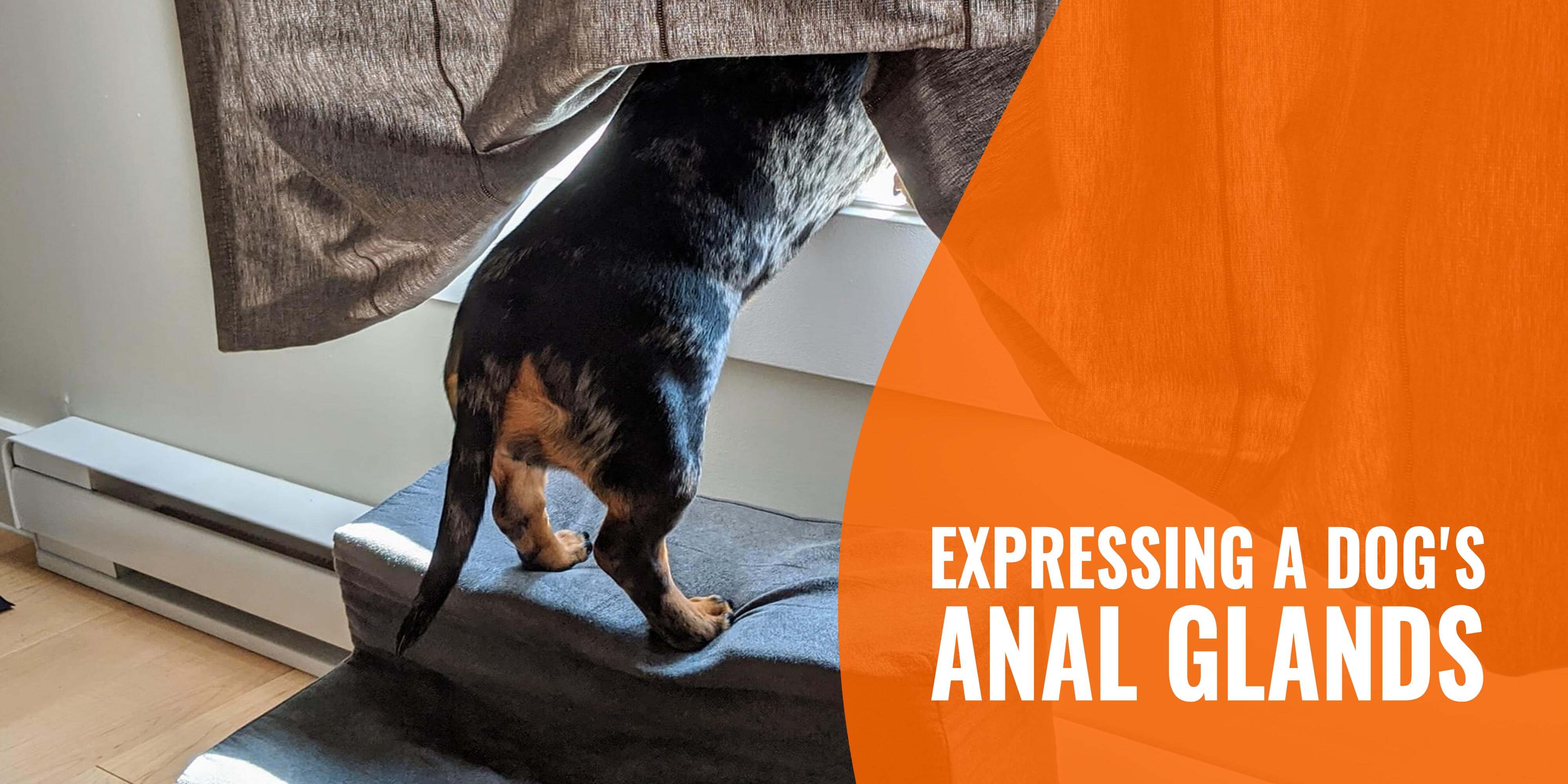
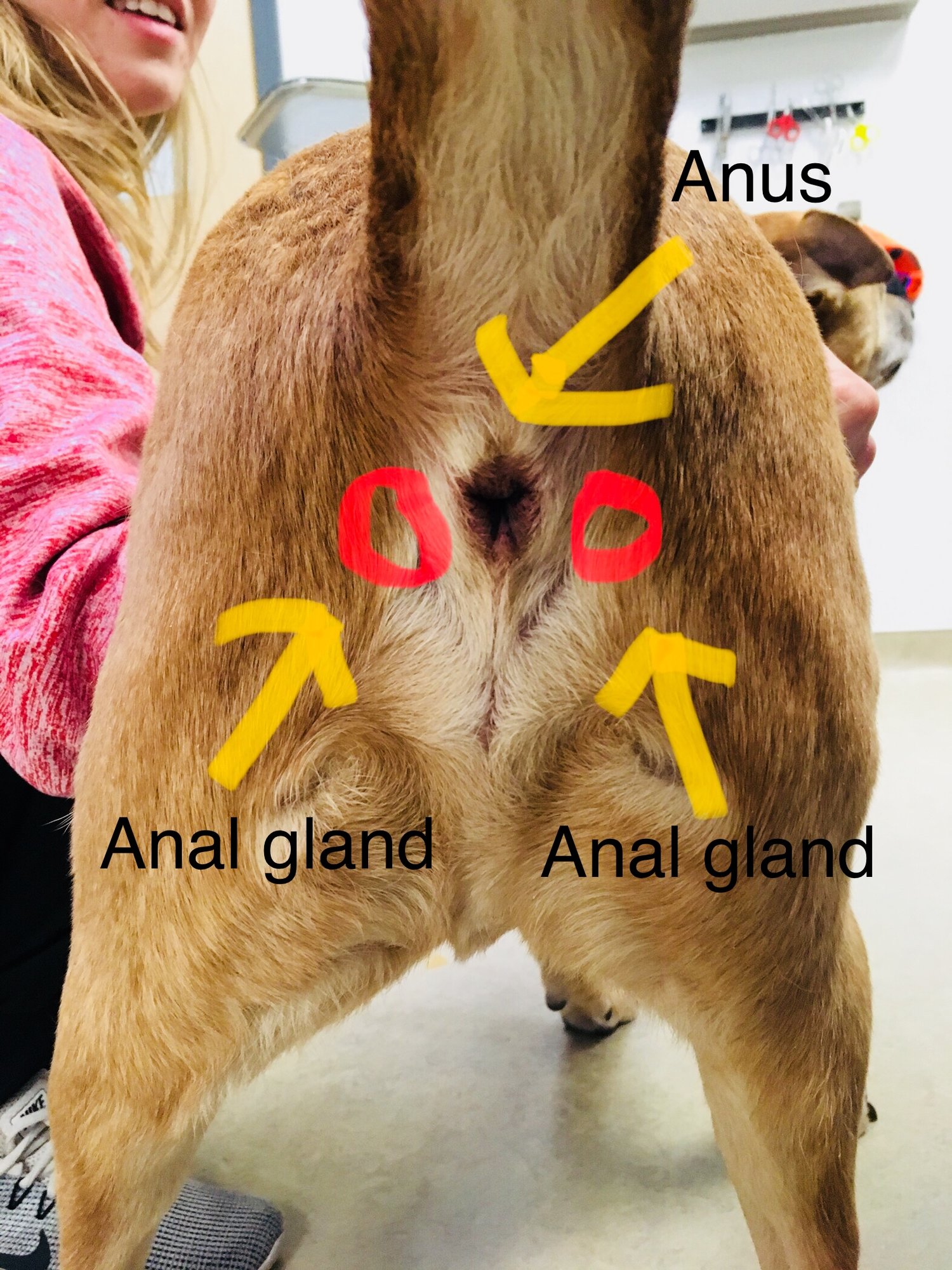
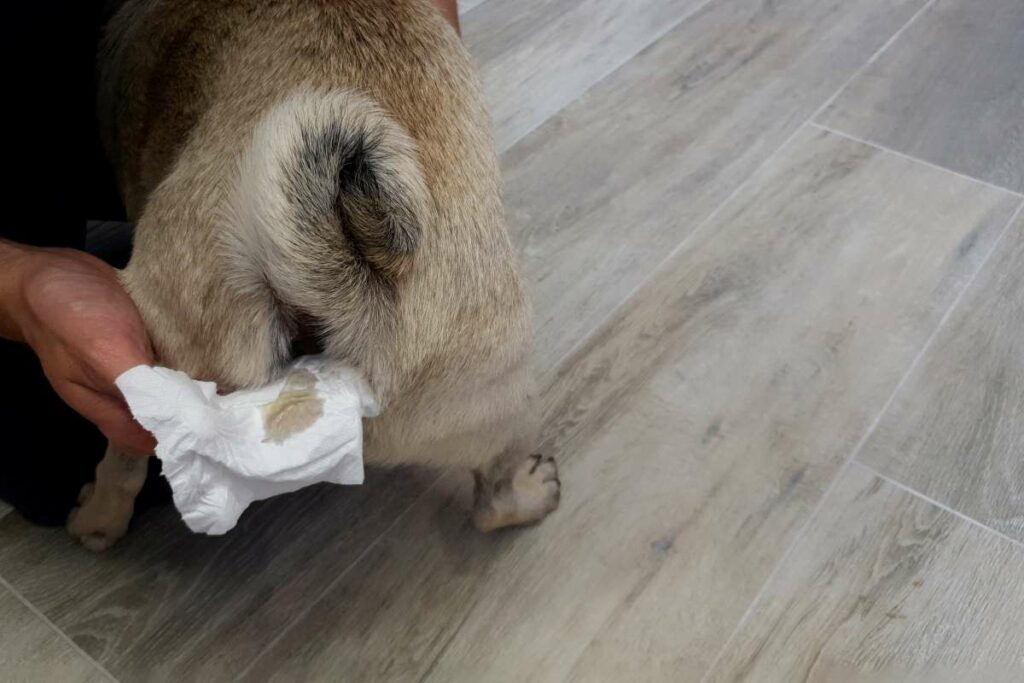
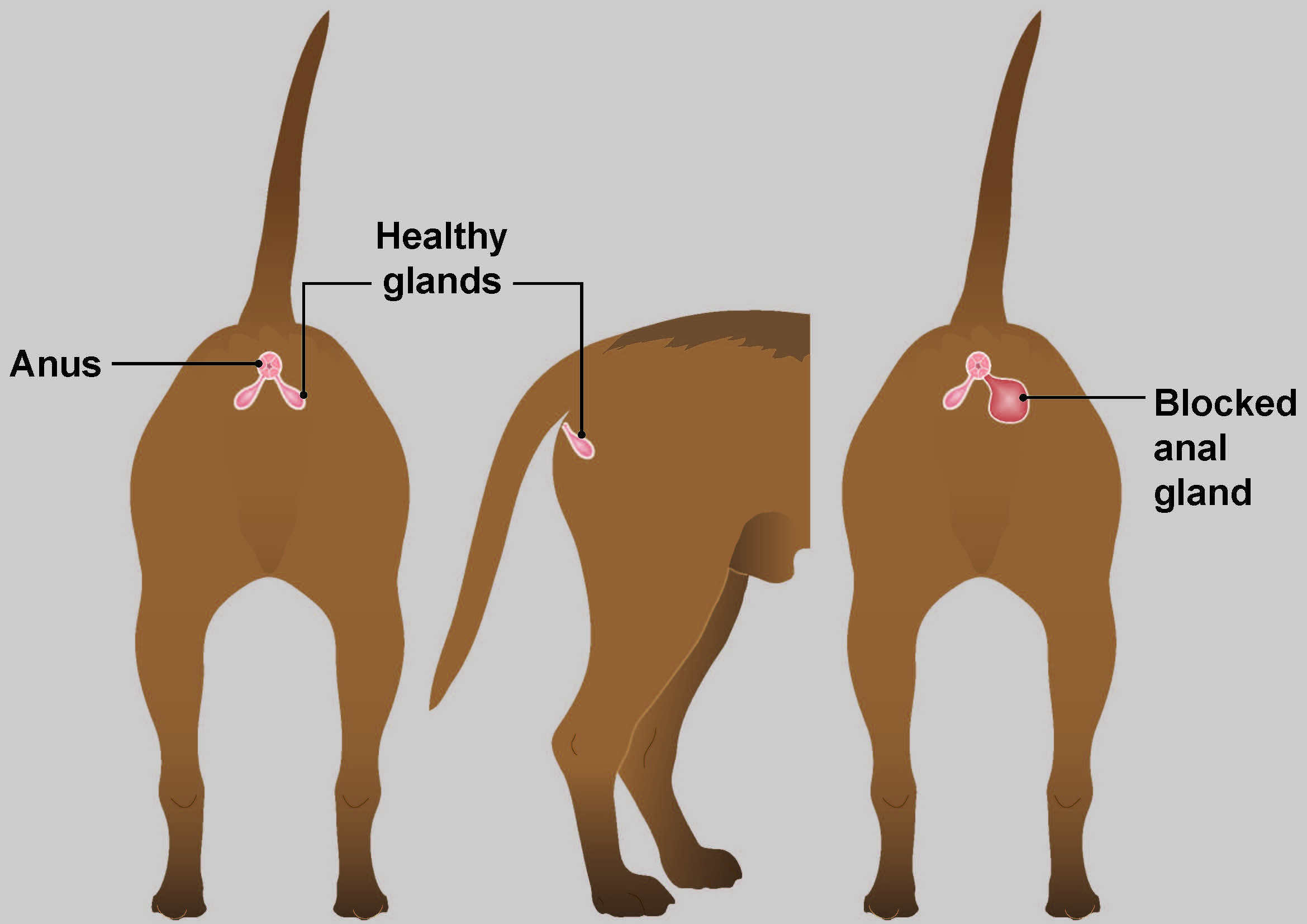
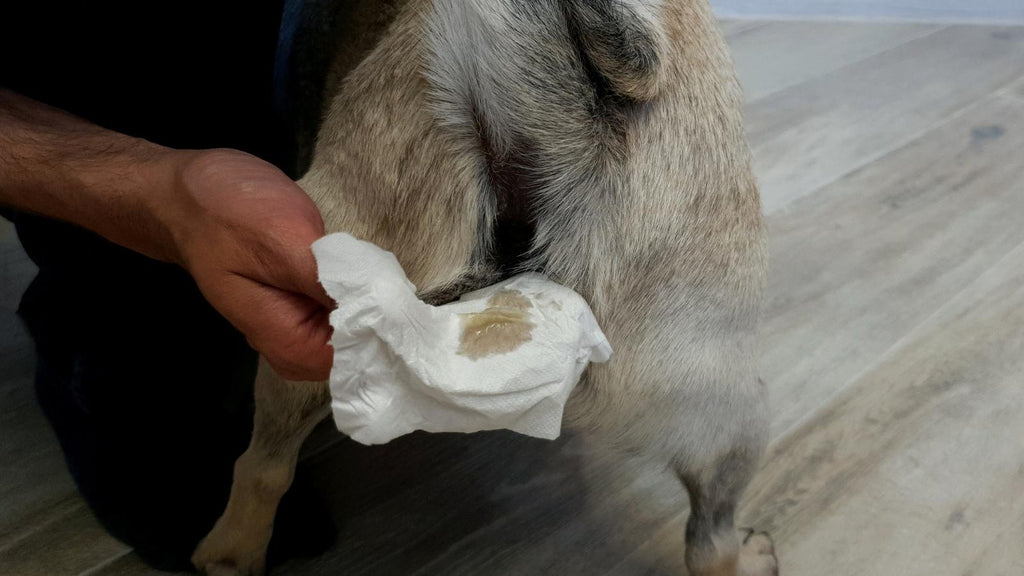

![Express anal gland in dog [5 helpful tips].](https://www.hundeo.com/wp-content/uploads/2023/01/Anal-gland-683x1024.jpg)